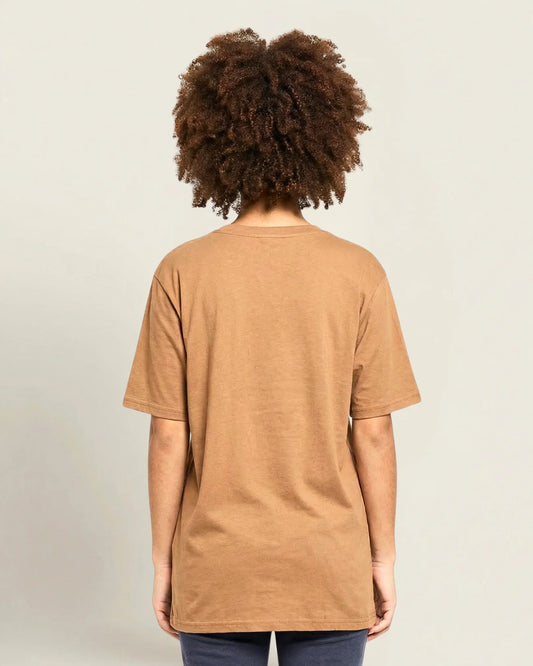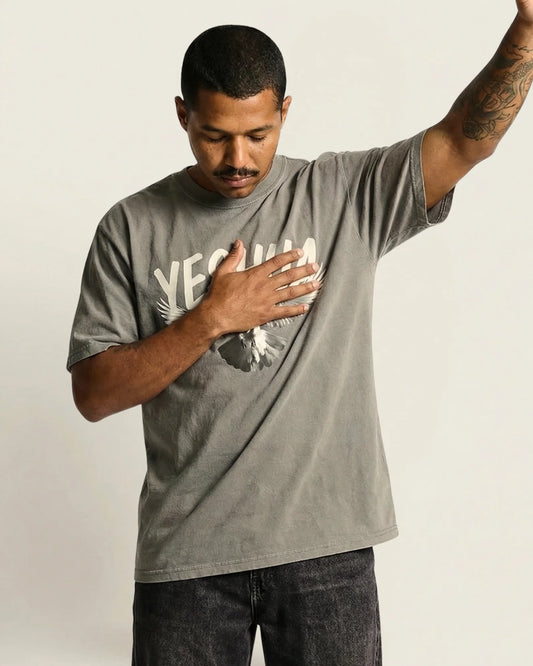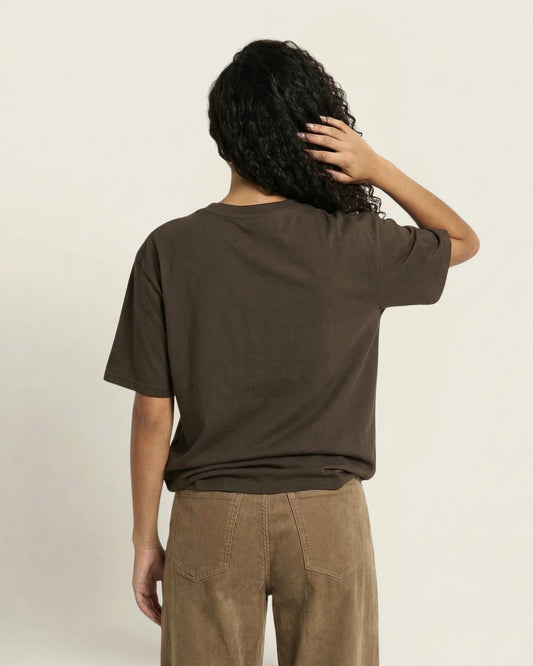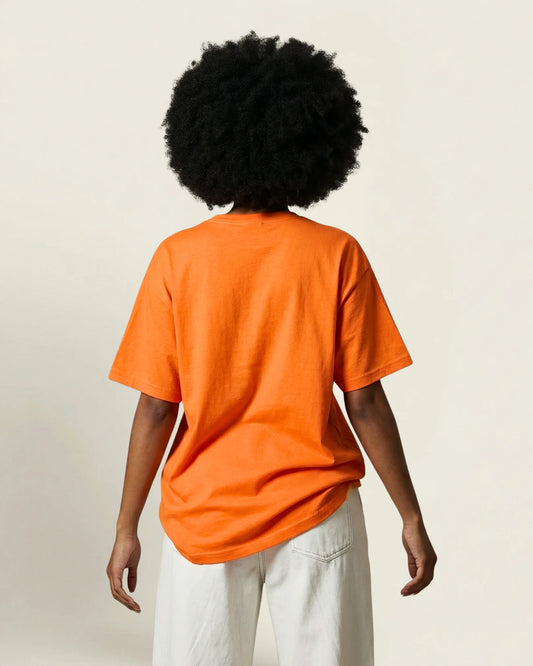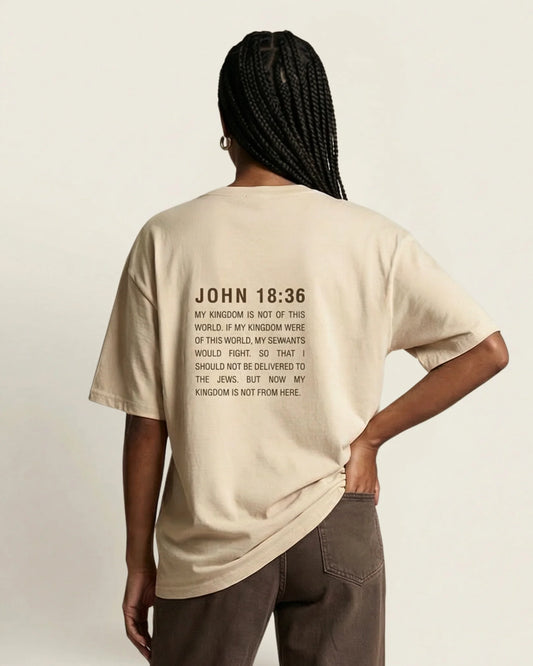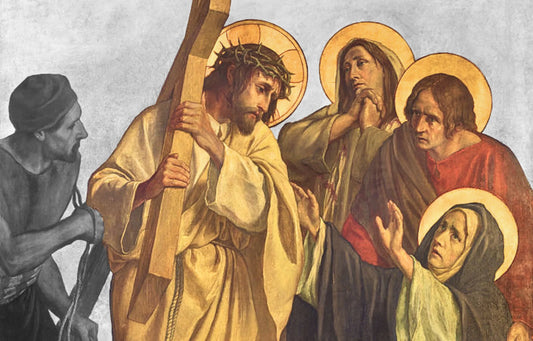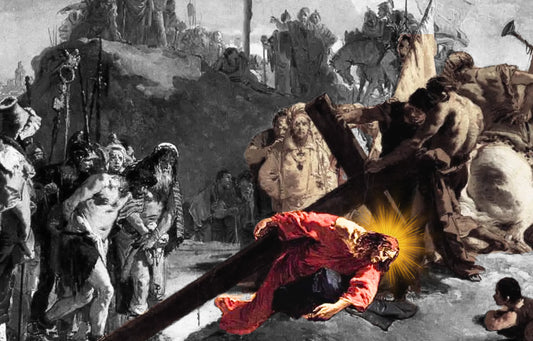In the Bible, blue represents divinity, heavenly authority, and God’s commandments. It was used in priestly garments (Exodus 28:31), the Tabernacle (Exodus 26:1), and the tassels of Israelites’ robes (Numbers 15:38–39) as a visual reminder to obey God. The color’s rarity and association with the sky made it a sacred hue. Explore how blue reveals deeper truths in Scripture.
Blue as a Symbol of Heaven and Divine Presence
In Scripture, blue consistently evokes the majesty of heaven. It isn’t a random color choice—it’s embedded in divine moments. In Exodus 24:10, Moses and the elders witness a vision of God standing above what looked like a sapphire pavement, "clear as the sky itself." This isn’t just poetic flair; the sapphire's deep blue hue echoes the sky and symbolizes the unbridgeable holiness of God.
The Hebrew word tekhelet (תְּכֶלֶת), used 49 times in the Hebrew Bible, refers to a rich blue dye likely extracted from the Murex trunculus, a Mediterranean sea snail. The color evoked the divine realm—God's throne, transcendence, and the invisible order of heaven.
Blue and God’s Commandments
In Numbers 15:38–39, God commands the Israelites to wear tassels (tzitzit) with a blue cord on their garments. These were not decorative flourishes. They were visual theology—reminders to obey God's commandments. The presence of blue anchored daily life in divine obedience.
The Babylonian Talmud, Menachot 43b, elaborates: "Blue resembles the sea, the sea resembles the sky, and the sky resembles the Throne of Glory." The tzitzit thus created a visual chain of remembrance—from garments to creation to God Himself. The practice is still observed in Orthodox Judaism today.
Blue in the Tabernacle and Temple
The Use of Blue in Sacred Spaces
Blue wasn’t just present in religious life; it was everywhere in the Tabernacle. Exodus 26 describes the curtains and veils of the sanctuary made from blue, purple, and scarlet yarns. This wasn’t a random color palette—it was a coded statement: blue marked the divine interface, a curtain between heaven and earth.
Most notably, the veil between the Holy Place and the Holy of Holies was blue (Exodus 26:31). It represented the boundary between God’s overwhelming glory and the priestly world of intercession. Only the High Priest could pass beyond it—and only once a year (Leviticus 16).
Blue in the High Priest's Garments
In Exodus 28, God commands Moses to create the High Priest's garments with precise materials and colors. The robe, entirely blue, was worn under the ephod. Gold bells were sewn onto its hem—literal sound theology. As the priest moved, he jingled holiness.
Josephus, the 1st-century Jewish historian, affirms this in Antiquities of the Jews (Book 3, Ch. 7), where he says the blue fabric represented the heavens and divine authority. The priest's blue garments made him a walking embodiment of sacred mediation.
Tekhelet: The Sacred Blue Dye
The Ancient Source
Tekhelet wasn’t easy to come by. The dye came from Murex trunculus, a sea snail found off the eastern Mediterranean coast. The process was complex and pungent—one historian called it "a ritual of smell and sun."
Pliny the Elder, in Natural History (Book IX, ch. 60, written around 77 AD), described the extraction and fermentation process. Exposure to sunlight turned the snail’s secretion from clear to violet to deep blue. This rarity made tekhelet more valuable than gold.
Cultural and Historical Impact
Due to its scarcity and cost, tekhelet became a status symbol across the ancient world. It adorned the garments of kings, priests, and the wealthy. After the destruction of the Second Temple in 70 AD, Roman bans and trade disruptions caused its use to vanish.
Today, efforts to revive tekhelet have been led by the Ptil Tekhelet Institute in Israel, blending archaeology, chemistry, and Talmudic sources. Their lab tests on Murex trunculus align with medieval Jewish commentaries like those of Maimonides (12th century).
Blue in Royal and Political Contexts
Blue as a Sign of Royalty
The Bible links blue with nobility. Esther 8:15 describes Mordecai in royal blue and white after being honored by King Ahasuerus. Ezekiel 23:6 describes Assyrian nobles decked in blue, flaunting status and dominance.
In the ancient world, blue dyes—especially indigo and tekhelet—were controlled by trade monopolies, particularly by the Phoenicians, whose city of Tyre became famous for its purple and blue dyes. This economic control made blue a class marker.
Pagan Imitation and False Symbolism
The prophets often criticized false religiosity draped in sacred-looking colors. In Jeremiah 10:9, idols are clothed in imported blue and purple, mimicking priestly vestments. These verses reveal a critique of imitation spirituality—holy appearances without covenant loyalty.
This tension reflects the broader biblical theme: it’s not the color or robe, but the covenant that matters. Outward beauty can become dangerous when it masks inner rebellion.
Blue in Prophetic and Apocalyptic Visions
Visions of the Throne
Ezekiel’s visions don’t hold back. In Ezekiel 1:26, he sees a throne "like sapphire," situated above the firmament, hinting at celestial order and divine kingship. The blue stone underscores majesty and unapproachable glory.
This wasn’t speculative mysticism. The vision rooted itself in Temple symbolism—just as tekhelet covered the inner sanctuary, sapphire covers God's heavenly realm. The imagery fuses priestly architecture with prophetic imagination.
The Book of Revelation
While the New Testament rarely names colors, Revelation 4:3 describes the heavenly throne surrounded by a rainbow "like an emerald in appearance." Though blue isn't mentioned explicitly, the layered, light-based symbolism implies the fullness of divine majesty. Early church fathers like Hippolytus and Origen interpreted Revelation’s imagery as a continuation of Temple and prophetic traditions.
Blue in Liturgical and Theological Traditions
Christian Symbolism and Practice
In some Western churches, especially among Anglicans and Lutherans, blue is used during Advent to emphasize hope and anticipation of Christ’s return. Though less common than purple, this practice emerged in medieval Europe and was codified in some liturgical calendars by the 20th century.
The tradition draws from Marian symbolism too—blue often represents purity and heaven in depictions of the Virgin Mary. In Eastern Orthodoxy, blue vestments are worn during Marian feasts and feasts of Theotokos.
Visual Theology
Biblical colors aren’t just visual—they’re catechetical. In ancient Israel, blue was a living sermon. In modern churches, blue shows up in stained glass, altar cloths, and vestments as a way to keep theological memory alive.
Church fathers like Clement of Alexandria viewed blue as emblematic of contemplation and divine knowledge. The idea wasn’t aesthetic—it was spiritual formation through the eye.
Biblical References to the Color Blue
Tabernacle & Temple Use
- Exodus 25:4 – Blue yarn is listed as one of the materials for the tabernacle.
- Exodus 26:1, 4, 31, 36 – Curtains of the tabernacle were made with blue, purple, and scarlet yarn.
- Exodus 27:16 – The gate of the tabernacle court was embroidered in blue.
- Exodus 28:5–8 – The ephod worn by the high priest was made of blue, purple, and scarlet yarn.
- Exodus 28:15 – The breastplate of judgment was crafted using blue yarn.
- Exodus 28:31 – The robe of the ephod was made entirely of blue.
- Exodus 28:37 – A blue cord was used to fasten the golden plate on the priest’s turban.
- Exodus 35:6, 23, 25 – Reiterates the materials including blue yarn brought by the Israelites.
- Exodus 36:8, 35–37 – Curtains and veils again made with blue yarn.
- Exodus 38:18 – The entrance screen for the courtyard made with blue yarn.
-
Exodus 39 (entire chapter) – Detailed crafting of priestly garments using blue.
Priestly Garments
- Leviticus 8:7 – Blue used in the ephod for Aaron’s consecration.
- Numbers 4:6–12 – Blue cloths were used to cover the Ark, the table of showbread, lampstand, altars, and other holy items during transport.
- Numbers 15:38–39 – The Israelites are commanded to put a blue cord (tzitzit) on the corners of their garments to remember God's commandments.
Royal & Sacred Associations
- Esther 1:6 – Describes blue and white linens in King Ahasuerus’ palace.
- Esther 8:15 – Mordecai wears a robe of blue and white, symbolizing honor and royal status.
- Jeremiah 10:9 – Blue and purple used in idols from foreign lands (a critique of idolatry).
- Ezekiel 23:6 – The Assyrians are described as clothed in blue, which may hint at prestige and allure (used in a negative context here).
Applying the Symbolism of Blue to Christian Life
Blue consistently points to the heavenly, the holy, and the presence of God. As Christians, wearing or reflecting on this color can serve as a daily reminder of our calling to live with heaven in view. Just as the Israelites tied blue cords to their garments to remember God’s commands, we too can anchor our lives in His Word—walking in faith, obedience, and a constant awareness of His divine presence.


